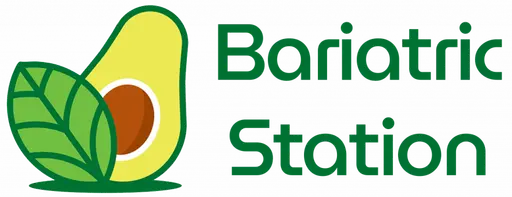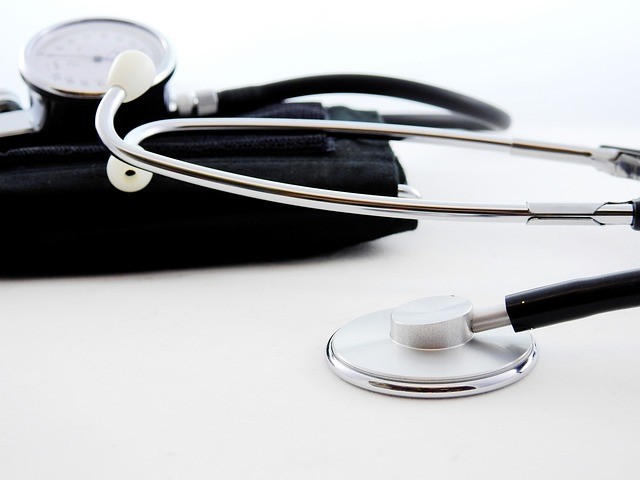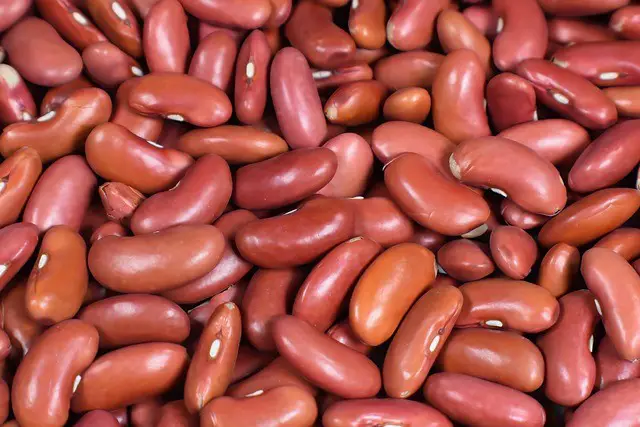I can feel the shock on this side from most of my readers because today we are taking a different turn. When people hear blood pressure, it is associated with high blood pressure, an elevated blood pressure. Why high blood pressure is the talk of the town? Because it is a risk factor for cardiovascular diseases, the number one cause of death globally.
Now, allow me to shift your focus to bottomed out blood pressure. Do you know what causes low blood pressure? What blood pressure reading is considered low? What are the symptoms of low blood pressure? How do you handle a drop in blood pressure? You’re about to get answers to all these questions. Welcome to today’s class, low blood pressure 101.
Let’s Talk about Blood Pressure
Blood pressure refers to the amount of force of blood pushing against the walls of your blood vessels as your heart beats. This pressure is necessary for blood flow to all parts of your body. It is measured by two numbers:
- Systolic pressure: This is the top number on your blood pressure reading. It represents the pressure in your arteries when your heart pumps. A normal reading for systolic blood pressure is 120 mm of mercury.
- Diastolic pressure: The bottom number on your pressure reading represents the force of blood against your blood vessel walls when your heart is resting. A normal reading for diastolic pressure is 80 mm of mercury.
The normal blood pressure is 120/80 mmHg, and lower blood pressure is considered a good thing. However, a drop in blood pressure to a certain level is alarming.
Bottomed Out Blood Pressure
Low blood pressure (hypotension) refers to a sudden drop in blood pressure below 90/60 mmHg. A frequent extreme low blood pressure reduces blood flow and can cause decreased cardiac output to your heart, brain, and other organs and increase risk factors of stroke and heart attack.
What Causes Blood Pressure to Bottom Out?
Everyone can be affected by a sudden drop in blood pressure. Here are the conditions causing low blood pressure:
Pregnancy
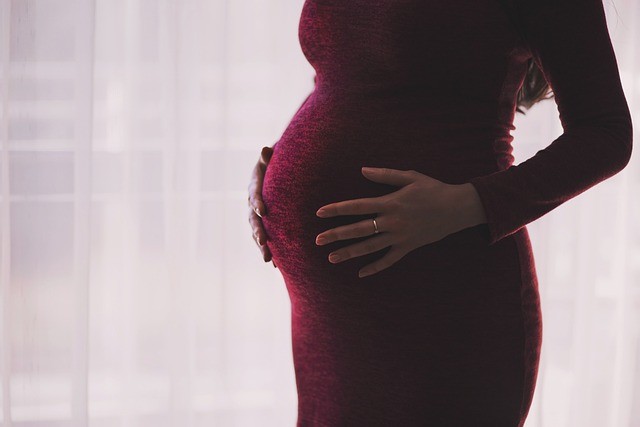
Changes in hormonal balance during pregnancy can cause blood vessels to expand rapidly leading to a sudden drop in blood pressure. This is common in the first 24 weeks of pregnancy, however, your pressure will go back to normal after giving birth.
Endocrine disorders
Diabetes and high blood sugar levels are known to raise blood pressure. A low blood sugar level may also cause low blood pressure. Any condition that may compromise the adrenal gland and parathyroid function can lead to a sudden blood pressure drop.
Blood Loss
Hypovolemia refers to reduced blood volume, caused by insufficient fluids in the body or excess loss of fluid. Blood loss that causes hemorrhagic shock. If you lose more than 20% of your blood volume, your heart loses its ability to pump sufficient blood to the rest of your body and vital organs. Blood volume will be lowered from losing lots of blood from injuries or internal bleeding.
Dehydration
Dehydration can cause pressure drops because it increases the loss of fluids in the body causing hypovolemia.
Fasting and Starvation
Fasting and some diets, if not done correctly, can cause some nutrient deficiencies. Starvation and lack of adequate intake can cause iron, folate, and vitamin B12 deficiency which inhibits the production of adequate red blood cells that can cause low blood pressure.
Cardiovascular Diseases
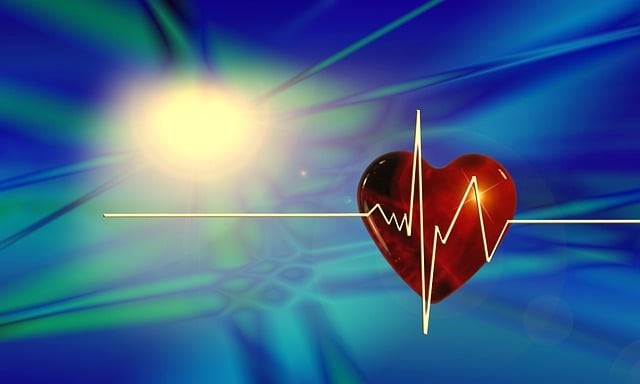
Heart diseases like heart attack, heart failure, bradycardia (slow pulse rate), and heart valve disease can cause reduced pressure in the body.
Anaphylactic shock
If you have an allergic reaction to a food or drug you are highly sensitive to it may cause breathing problems, itching, a swollen throat, and can cause a sudden drop in pressure.
Septic Shock
Sepsis caused by severe infection can cause blood pressure drops suddenly when bacteria enter the bloodstream. Bacteria can produce toxins that can affect blood vessels leading to a severe drop in blood pressure.
Other causes of low blood pressure include heatstroke, severe diarrhea, vomiting, kidney failure, and pancreatitis. Besides health conditions, some medications can cause severely low blood pressure, including:
- Beta-blockers like atenolol and propranolol
- Alpha-blockers
- Certain types of antidepressants like anti-cyclic antidepressants
- Medication for Parkinson’s disease
- Erectile dysfunction drugs
- Diuretics or water pills like furosemide
Risk Factors of Low Blood Pressure
The following factors put you at a higher risk of a sudden fall in blood pressure:
- Age: For adults older than 65, standing or sitting for long periods may cause reduced pressure in the body.
- Medications: blood pressure drugs, erectile dysfunction meds, and other over-the-counter prescriptions can increase your risks of low blood pressure (hypotension)
- Health conditions like Addison’s disease, diabetes, Parkinson’s disease, and other cardiovascular problems increase the risks of hypotension.
Types of Hypotension
What can cause low blood pressure (hypotension) and when it happens determines the category your hypotension falls under.
Orthostatic Hypotension
Orthostatic hypotension also known as postural hypotension is the type of low blood pressure caused by a sudden change in body position after standing, lying down, or staying in a particular sitting position for long periods.
Have you ever noticed that when you try standing too fast from a sitting or lying position, you feel dizzy or see stars? When you stand too quickly, blood pools fast in your legs. Because your body is designed to be in a state of homeostasis, your heart beats faster and your blood vessels constrict to compensate for this drop.
If your body fails to offset this drop in blood pressure, your brain gets a little oxygen which could make you feel dizzy and even cause fainting. Orthostatic hypotension is termed a failure of the nervous system and cardiovascular systems.
This is due to orthostatic hypotension. This is the most common type and can affect people of all ages, the elderly mostly, and only lasts a few seconds to minutes.
Neurogenic orthostatic hypotension is a type of orthostatic hypotension caused by underlying neurotologic disorders like neurodegenerative diseases like dementia, Parkinson’s disease, and diabetic neuropathy.
About 30% to 50% of individuals suffering from Parkinson’s disease suffer from orthostatic hypotension. Dehydration, pregnancy, diabetes, some nerve disorders, and heat strokes are also common causes of orthostatic hypotension. Neurogenic orthostatic and orthostatic hypotension have the same symptoms.
Postprandial Hypotension
Postprandial hypotension is an autonomic dysfunction that occurs after eating. Postprandial means after meals. This type of hypotension is common in older adults. How do you know you are experiencing postprandial hypotension? If you feel lightheaded, dizzy, or faint after a meal.
Low blood pressure after consuming a meal can be attributed to excess blood flow into the vascular system of the gastrointestinal tract. Your heart rate is supposed to increase to accommodate the increase in blood demand by your intestine during digestion, and your arteries that supply blood to other areas constrict. All this leads to increased blood pressure.
This process is regulated by the autonomic nervous system. Medical conditions that affect your autonomic nervous system affect its function. A dysfunctional system won’t send a message to your heart to increase its pace or arteries to constrict, which means your intestines won’t get enough blood flow. Your intestines still need blood for digestion, so more blood will flow into them, and less blood will flow to other parts of the body. This is what causes bottomed out blood pressure.
Neurally Mediated Hypotension
Your nervous system and other organs and endocrine system play a big role in the regulation of blood pressure. Neurally mediated hypotension happens when there’s an abnormal reflex between your normally functioning brain and heart.
Neurally mediated hypotension is caused by standing in one position for too long which pools blood to the legs and is more common in children than adults. It can also be triggered after staying in a warm environment for a long.
Do you get lightheaded, dizzy, or even faint at the doctor’s or your dentist’s office? This could be caused by a sudden drop in blood pressure due to a strong emotional response. Fear and shock can lower blood pressure to extremely low readings.
Severe Hypotension
Unlike other types of hypotension, severe hypotension is life-threatening. It can be caused by shock, brought about by an injury, or severe infection. The shock causes your organs not to get sufficient blood depriving them of oxygen.
Seek immediate medical attention if you suffer from severe hypotension due to shock because it is life-threatening.
Blood Pressure Bottoming Out Symptoms
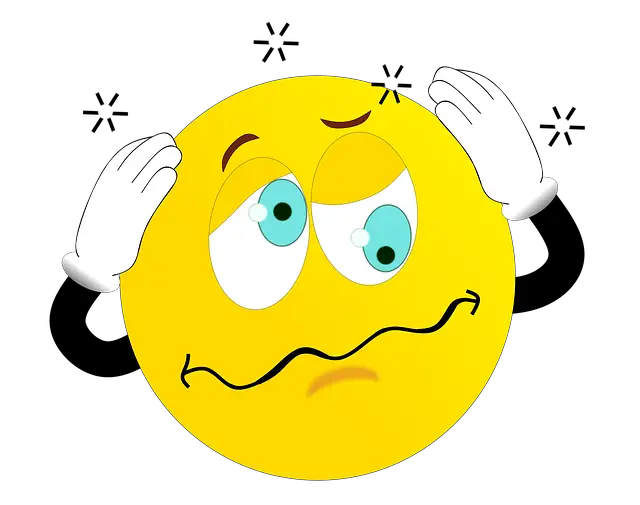
There are no symptoms of low blood pressure unless things get out of hand. Although, hypotension equals low cardiac output meaning your organs are not getting enough supply of oxygen. Based on this, here are a few low blood pressure symptoms to look out for:
- Lack of energy or fatigue
- Irregular heartbeat
- Fainting/syncope
- Lightheadedness
- Depression
- Clammy skin, confusion
- Nausea and vomiting
- Blurry sight
- Indigestion
- Hives/ skin rash
Serious symptoms that could be life-threatening especially when in septic shock or anaphylactic shock:
- Confusion
- Pale and cold clammy skin
- Fast but shallow breathing
- Rapid pulse, but weak
- Chest pain
- Profuse sweating
How to Diagnose Low Blood Pressure?
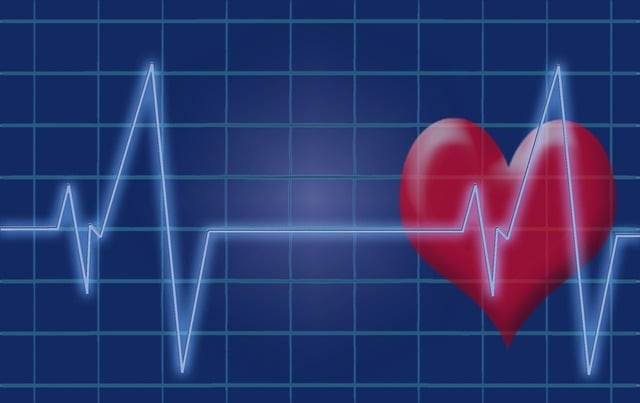
Your physician may need a couple of tests done before confirming that you are hypotensive. These include:
Laboratory Tests
Blood tests and urinalysis are needed to check for the following:
- Low iron levels/ Iron deficiency anemia
- Pregnancy test
- Hormone problems
- Micronutrient deficiencies
Imaging Tests
- Echocardiogram (ECG)
- Magnetic resonance imaging (MRI)
- X-rays
- Computed tomography (CT) scans
Diagnostic Tests
These are more specific to heart problems.
- Tilt table test for diagnosing orthostatic hypotension.
- Exercise stress testing
- ECG
Treating Hypotension
Treatment is administered depending on the root cause of low blood pressure. The approach depends on the situation you are in and the type of hypertension you are suffering from.
Medical Approach
Before giving you any medications, your doctor will determine if the underlying condition affects blood volume, and cardiac function or is about decreased vascular resistance. Treating low blood pressure directly is done in the following ways:
- Blood vessel constriction: You can get blood pressure medications that will constrict your vessels to raise blood pressure.
- Fluid resuscitation: This method of treatment resolves hypovolemia. Here hypotensive patients are infused with fluids intravenously or undergo blood transfusions.
- Change in fluid uptake: Some medications administered increase kidney function which regulates salt and water intake. This can help to increase blood pressure.
Still, under medical approaches, indirect treatment for hypotension may be used in situations where a drop in blood pressure has been caused by an underlying condition.
Medication for Underlying Conditions
If your hypotension is being caused by diabetes, infection, neurodegenerative conditions, or cardiovascular diseases, administering medication to treat these conditions will also go a long way in treating drops in pressure.
Treatment for Shock
You may get IV fluids and other drugs to increase blood pressure, but as long as the shock is not treated, it is still life-threatening and you are still at risk of going hypotensive. For hemorrhagic shock, a blood transfusion or IV fluids are in order.
Septic shock calls for antibiotics to help clear the bacteria in your bloodstream. Anaphylactic shock is an allergic reaction that is treated with epinephrine.
Drugs to Raise Blood Pressure
If your low blood pressure reading is extremely low, and other forms of treatments don’t seem to be working, your doctor can prescribe drugs to raise blood pressure.
A medical approach is not the only way to correct low blood pressure. There are a couple of lifestyle changes you can make to help manage hypotension.
How to Manage Low Blood Pressure Naturally
Here are a few ways you can manage bottomed out blood pressure without taking medication or together with your medical treatment.
Drink Fluids
Hypovolemia is a major cause of reduced pressure. Drinking water on a hot afternoon or when having severe diarrhea and vomiting may seem trivial but it will go a long way in managing your low blood pressure.
Stress and Emotion Triggers
What situations get you dizzy or lightheaded? Take note of them. Learn what triggers your blood pressure to drop then find the best way to respond to that emotional stimulus. Since you can’t go to the doctor, let them know about your fear of the medical environment, and you and your physician can come up with a way to make you more comfortable on your next visit.
Don’t Rush
When changing your body’s position, mostly from sitting to standing up, gravity already takes its course. So don’t be in a hurry to get up. Slowly transition into different positions and take deep breaths while at it.
Move More
Don’t stand in one position for too long, consider moving around a bit more. Compression stockings are also a great option, especially for older adults who are immobile and stay in one place for extended periods.
Diet
Small frequent meals are better than one bulk meal because your intestinal blood demands are lower. You never imagined hearing this from anyone but eat more salt. Before I am misquoted or misunderstood, your salt intake should not be from unhealthy foods like highly processed foods and junk foods.
A ketogenic diet is great for managing high blood pressure, and you may be on keto, and wondering how you will raise your blood pressure, when it falls on a low-carb diet.
The keto diet causes weight loss and reduces the kidney’s water and salt retention ability which could cause sudden hypotension. This could a drop in pressure in hypertensive individuals on meds, and creates a need to adjust drug dosage so it doesn’t fall extremely low. In addition, it can cause a drop in pressure for normotensive individuals. This could cause the keto flu.
How do you go about this without having to stop keto? Increase your sodium intake. The beauty of the ketogenic diet is you are allowed to consume pink Himalayan Sea salt which has a lower sodium content than regular salt. This way you won’t worsen your underlying cardiovascular disease.
Bone broth is also a smart way of increasing sodium intake while getting other essential nutrients for optimum body function.
The excess loss of sodium on a low-carb diet forces your kidney to absorb sodium. This action leads to loss of potassium which play a role in regulating pressure. Your solution is, increase intake of potassium rich foods.
Non-starchy vegetables, nuts, avocados, meat and salmon are great sources of potassium and are keto-friendly.
If you are still not getting enough potassium from your diet, consider potassium supplements. Before running for these, try to get as much potassium from your diet as you can.
You can go keto when hypotensive and manage drops in pressure with your diets, and in some cases when you can’t get enough from your food, or you’re too active, which ncreases electrolyte loss, supplementation may be necessary. Reap the benefits of keto without the fear of reduced pressure!
What is A Dangerously Low Blood Pressure?
If your blood pressure measurement is below 90/60 mmHg this is considered severe hypotension. Seek medical attention immediately, especially if low blood pressure causes someone to lose consciousness. Untreated hypotension can lead to shock, heart stroke, and brain damage.
Finally
We have come to the end of our class. I hope this has been informative to you. Hypotension is also an issue to look into when it comes to blood pressure, especially in older adults. Don’t stand in one place for too long, eat small frequent meals, drink water and eat keto to avoid bottomed out blood pressure. The rest your doctor will take care of. Don’t brush off low blood pressure because it can lead to complications.
Drop a comment on which treatment you are following to manage your hypotension, medical or natural, or both. We’d love to know!
